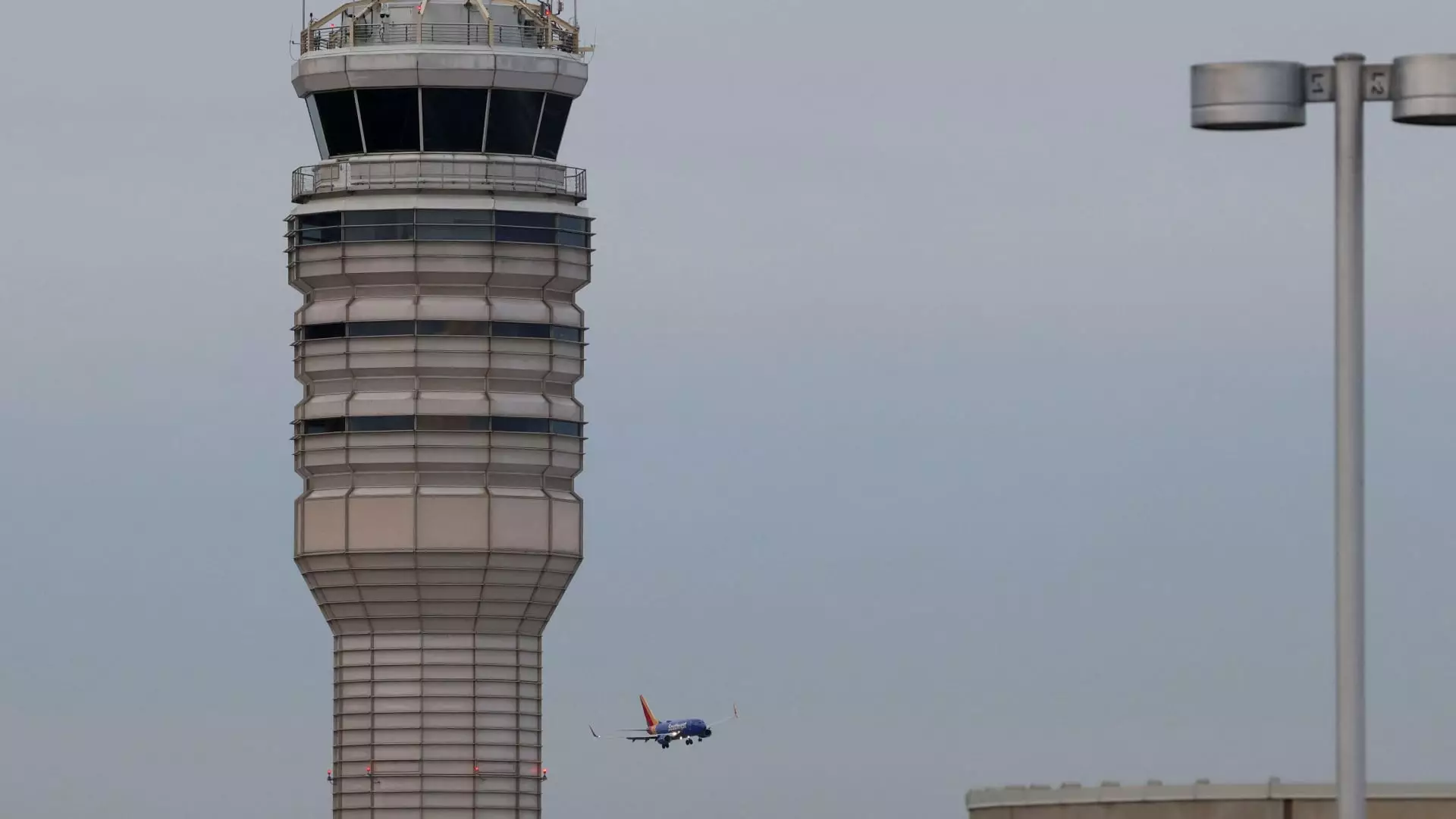In a significant response to a catastrophic collision between an Army Black Hawk helicopter and an American Airlines jetliner at Ronald Reagan Washington National Airport, the Federal Aviation Administration (FAA) has implemented new restrictions on helicopter operations in the vicinity. The tragic accident, which resulted in the loss of all 67 lives on board the aircraft, has raised serious concerns about aviation safety in Washington, D.C. Transport Secretary Sean Duffy’s announcement marks a proactive attempt to enhance airspace security and restore public confidence in the safety of the aviation system.
Details Surrounding the Collision
The incident occurred during a critical phase of landing, with American Eagle Flight 5342 moments away from touchdown when it struck the military helicopter. Investigators have noted that this marks the first fatal commercial airline accident in the United States in over a decade and underscores a troubling trend in aviation operations. Preliminary reports suggest the military helicopter was transitioning through established air traffic tracks common in the D.C. area, which are well-defined for helicopter navigation. However, the circumstances leading to the military aircraft entering the flight path of the regional jet remain unclear.
In light of the recent tragedy, Secretary Duffy announced that the newly designated restricted zone will encompass a wide area around Reagan National Airport. The restrictions include critical segments extending from the Memorial Bridge to the South Capitol Street Bridge—excluding the Tidal Basin—and from Haines Point to the Wilson Bridge. This comprehensive measure aims at minimizing the risk of potential collisions by clearly delineating helicopter operations within the congested airspace, particularly as the demand for air traffic continues to grow.
In the aftermath of the collision, American Airlines CEO Robert Isom expressed gratitude to the Trump administration for their swift action, praising the decision to implement the restrictions as crucial for maintaining safety. This sentiment reflects the airline industry’s heightened focus on operational safety, especially following a period devoid of fatal incidents. Isom’s acknowledgment of the leadership from administration officials illustrates a collaborative approach as the aviation sector grapples with the implications of this tragedy.
Ongoing Investigations and Future Implications
As investigations by the National Transportation Safety Board plunge deeper into the details of the incident, attention is focused on various factors, including the altitude maintained by the aircraft, crew communication, and air traffic control directives. The assessment of these elements is vital not only to comprehend the dynamics of the crash but also to establish more stringent safety protocols. This incident serves as a reminder of the precarious balance between military and commercial aviation operations within heavily trafficked airspaces.
The tragic loss of life resulting from this aviation collision emphasizes the urgent need for systemic change to prevent future incidents. As the FAA and related authorities work to navigate the complexities of airspace management, a shared commitment to restoring trust and safety is paramount. With the implementation of new restrictions and ongoing investigations, stakeholders are tasked with ensuring that such a tragedy does not recur, ultimately prioritizing the safety of all passengers in an increasingly crowded sky.

